Search the Special Collections and Archives Portal
Search Results
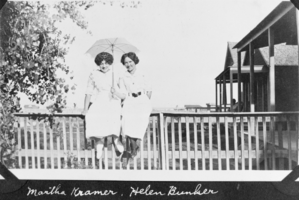
Film transparency of Martha Kramer and Helen Bunker, presumably in Las Vegas, circa early 1900s
Date
Archival Collection
Description
Image
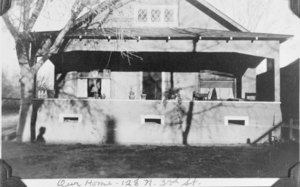
Film transparancy of Olive Lake-Eglington's family's home, Las Vegas, circa early 1900
Date
Archival Collection
Description
Image

Film transparency of Mr. McGriff and family at McGriff Ranch, Las Vegas, circa early 1900s
Date
Archival Collection
Description
Image
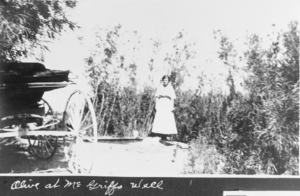
Film transparency of Olive Lake at well on McGriff Ranch, Las Vegas, circa early 1900s
Date
Archival Collection
Description
Image
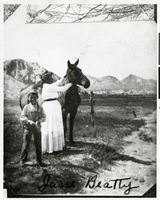
Photograph of "Jane Beatty" petting a horse, Ash Meadows, Pahrump, Nevada, circa 1900s-1910s
Date
Archival Collection
Description
Image
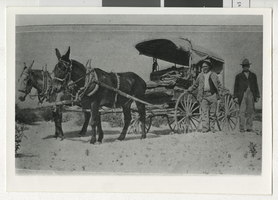
Photograph of Jim Ladd and an unidentified man standing next to a buckboard wagon, Boulder City (Nev.), early 1900s
Date
Archival Collection
Description
Image
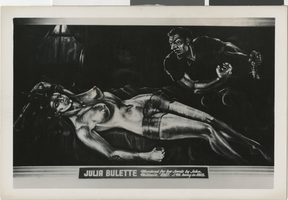
Postcard of Julia Bulette and John Millain scene, Virginia City, Nevada, 1867 - early 1900s
Date
Archival Collection
Description
Image
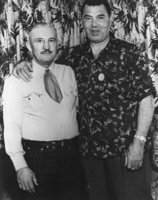
Freck Lydon, husband of Catherine Banovich-Lydon and Jack Dempsey at Tonopah's 50th Year Celebration: photographic print
Date
Archival Collection
Description
From the Nye County, Nevada Photograph Collection (PH-00221) -- Series VI. Tonopah, Nevada -- Subseries VI.G. Miscellaneous. Dempsey was the Grand Marshal in the Tonopah 50th Anniversary Parade. Dempsey knew Lydon from his early days in the Tonopah-Goldfield are, when Dempsey roomed (batched) with Lydon's brother. Dempsey is known to have said that the two toughest fights of his life were against a local fighter, Johnny Sudenberg, with whom Freck Lydon trained. Lydon was involved in law enforcement in Tonopah for many years. If a troublemaker saw Lydon put on his gloves when making an arrest, the troublemaker knew he was in for a tough time!.
Image
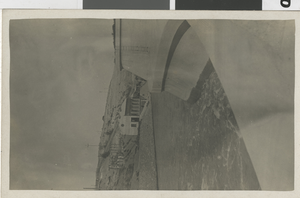
Postcard of the Lahontan Dam on the Carson River, Lyon and Churchill Counties, Nevada, circa 1900s-1920s
Date
Archival Collection
Description
Image
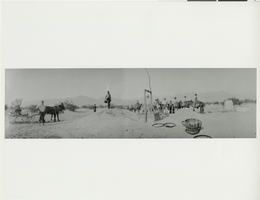
Photograph of men and donkeys around a well in the desert, Grapevine Mountains, Nevada, circa early 1900s
Date
Archival Collection
Description
Image
